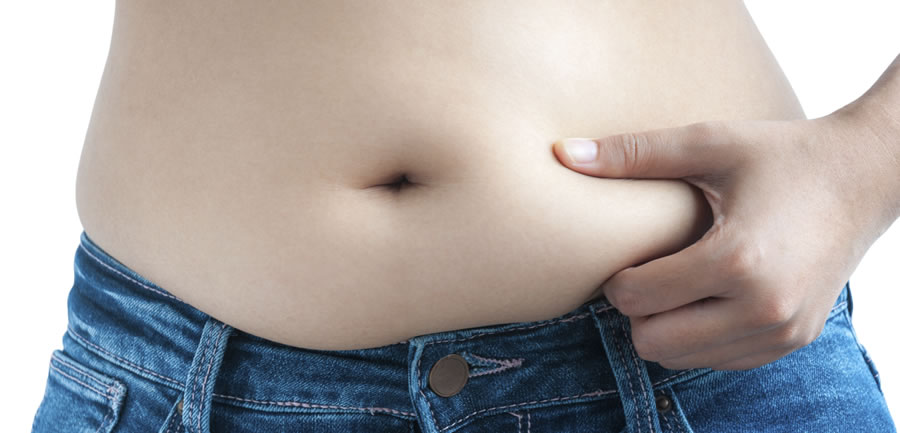Fat, Inflammatory Cytokines and Cardiovascular Disease
Scientists used to think that fat was simply fat – a dormant roll of flab. But now they’re discovering that fat cells are actually very active factories. They can pump out loads of dangerous chemicals, like inflammatory cytokines. Can we slow these factories down?

Inflammatory Cytokines and Cardiovascular Disease
Inflammatory cytokines are a problem because they insight a state of chronic, low-level inflammation. Inflammation is linked not only with heart disease but also with various cancers, diabetes, arthritis, and other illnesses.
Inflammatory cytokine levels plunged 40 to 51% after just two weeks of adopting the Pritikin Program.
The good news is that scientific research is now finding that we can reduce our body’s production of inflammatory cytokines, therefore likely reducing our risk of a heart attack, diabetes, and other serious problems.
A healthy lifestyle like the Pritikin Program has proven especially beneficial. In recently published research studying the blood samples of overweight children who attended the Pritikin Longevity Center in Miami, Florida, scientists at UCLA found that after just two weeks, several forms of pro-inflammatory cytokines dropped significantly, including tumor necrosis factor-alpha, which fell on average 40%.
Other inflammatory cytokines that plunged after adopting the Pritikin Program were interleukin-6, which dropped 51%, and interleukin-8, which decreased 43%1.
Benefits in 2 to 3 weeks
Similar results have been observed from adults attending the health and fitness retreats at the Pritikin Longevity Center2. And the beneficial reductions in inflammatory cytokines among these adults happened, as with the children, in a very short amount of time — just three weeks.
That’s the really good news, because it suggests that people do not have to wait till they have lost significant amounts of weight before their levels of inflammatory cytokines fall. In short, those fat factories may still be there, but their production of toxic chemicals will have dropped off considerably.
Saturated fats – “potent producers of inflammation”
What is it about the Pritikin Program that reduces pro-inflammatory cytokines? It’s “possibly the result of the low saturated fat content in the diet,” wrote R. James Barnard of UCLA and fellow authors of the new study in the American Journal of Physiology: Endocrinology and Metabolism. “Saturated fatty acids are potent producers of inflammation.”
Foods high in saturated fats include red meat, dairy foods like butter, full-fat milk, and cheese, and tropical oils like palm and coconut oil.
Omega 3s, fiber, exercise
Also helping curb inflammation, the authors stated, were likely the increased intake of omega 3 fatty acids, primarily from fish, and substantial increases in dietary fiber intake. Daily, the Pritikin Eating Plan recommends 5 or more servings of vegetables and 4 or more servings of fruit, as well as plenty of fiber-rich whole grains and beans.
Daily physical activity, an integral part of the Pritikin Program, may also play a role in putting the breaks on inflammation because exercise “results in release of cytokines from muscles…” noted the authors.
Long-term success
Of course, what’s most critical is if benefits achieved after two or three weeks can be maintained long-term. In their conclusion, Dr. Barnard and team saw promise with the Pritikin Program because it encourages people to eat till they’re comfortably full and satisfied – “a major advantage in cases where overeating is an issue – and thus, a more realistic program to implement into the daily lives of children [and adults] rather than induced calorie restriction.”
- American Journal of Physiology: Endocrinology and Metabolism ajpendo.00190.2012; published ahead of print June 19, 2012, doi:10.1152/ajpendo.00190.2012
- Diabetes Research; 2006; 73: 249.